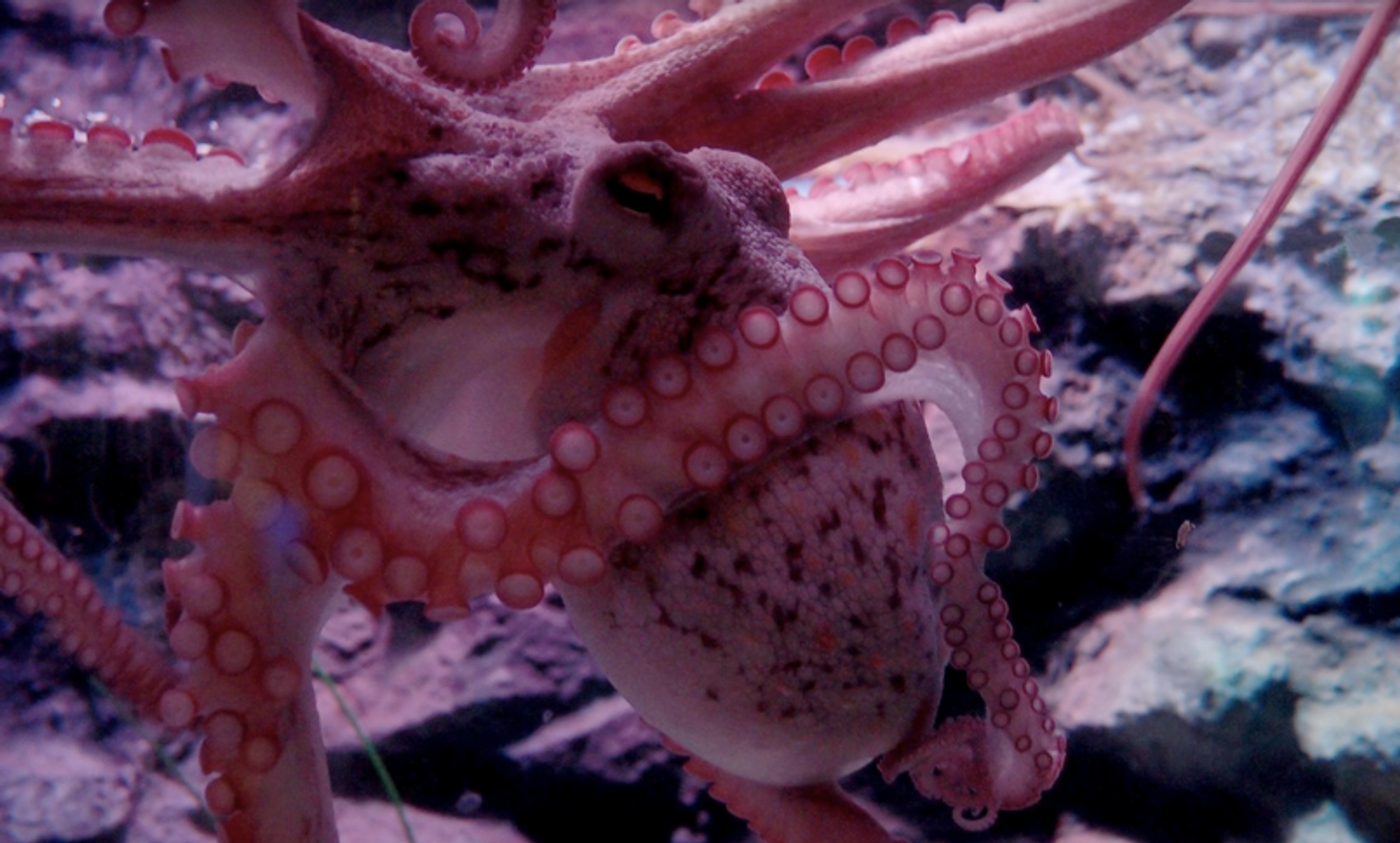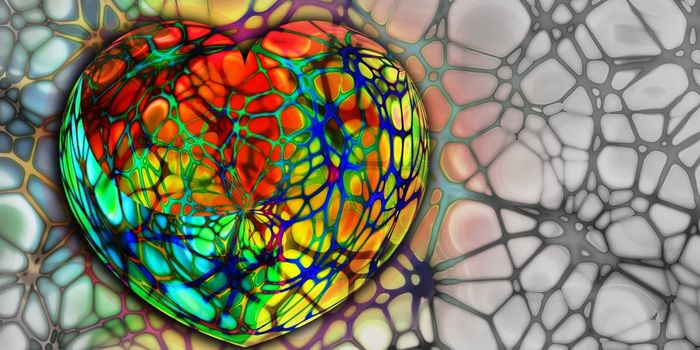How the Suction Cups on Octopus Arms Detect Their Surroundings
Scientists have taken a close look at the physiology of the octopus, creatures that are ancient and unique. Their arms can operate independently of their central brain, each arm has a large bunch of neurons at its base, so in a sense, these animals have nine brains. Researchers have now learned more about how octopuses move their arms and make choices without using their central brain. The findings identified a group of sensors in the suction cups on octopus arms that can transmit information about what it's touching; they have been reported in Cell.
The sensors in the octopus arms are known as chemotactile receptors and help the animal determine if it's contacting prey. These receptors detect molecules that don't dissolve easily in water.
"We think because the molecules do not solubilize well, they could, for instance, be found on the surface of octopuses' prey and [whatever the animals touch]. So, when the octopus touches a rock versus a crab, now its arm knows, 'OK, I'm touching a crab [because] I know there's not only touch but there's also this sort of taste,'" explained the senior study author Nicholas Bellono, an assistant professor of molecular and cellular biology. "
The signals that are transmitted from these receptors to cells and the nervous system also depend on what is being touched.
"We think that this is important because it could facilitate complexity in what the octopus senses and also how it can process a range of signals using its semi-autonomous arm nervous system to produce complex behaviors," Bellono said.
About two-thirds of the neurons in an octopus are found in its arms, which are complex structures. These arms can grab items and identify them even when one is severed from the animal's central brain. The researchers wanted to learn more about how the receptors help the arms find out about what they touch and make decisions.
The scientists identified which suction cups on the arms are detecting molecules, and studied them by cloning the genes that encode for them and then expressing them in cell lines and frog eggs. When the receptors in this model were exposed to various molecules, they tended to react only to molecules that did not dissolve in the water, and did not react to soluble molecules like sugars and salts.
When they took these findings to octopuses in the lab, they found that indeed, the octopus receptors were responsive to a non-dissolving class of molecules called terpenoids, which are naturally occurring.
"[The octopus] was highly responsive to only the part of the floor that had the molecule infused," Bellono said. This led the researchers to believe that the receptors they identified pick up on these types of molecules and help the octopus distinguish what it's touching. "With the semi-autonomous nervous system, it can quickly make this decision: 'Do I contract and grab this crab or keep searching?'"
"We're now trying to look at other natural molecules that these animals might detect," Bellono said.
Sources: Science Daily via Harvard University, Cell









